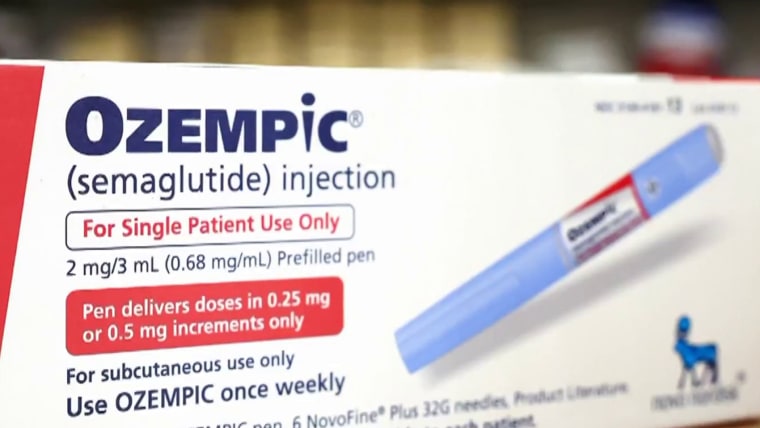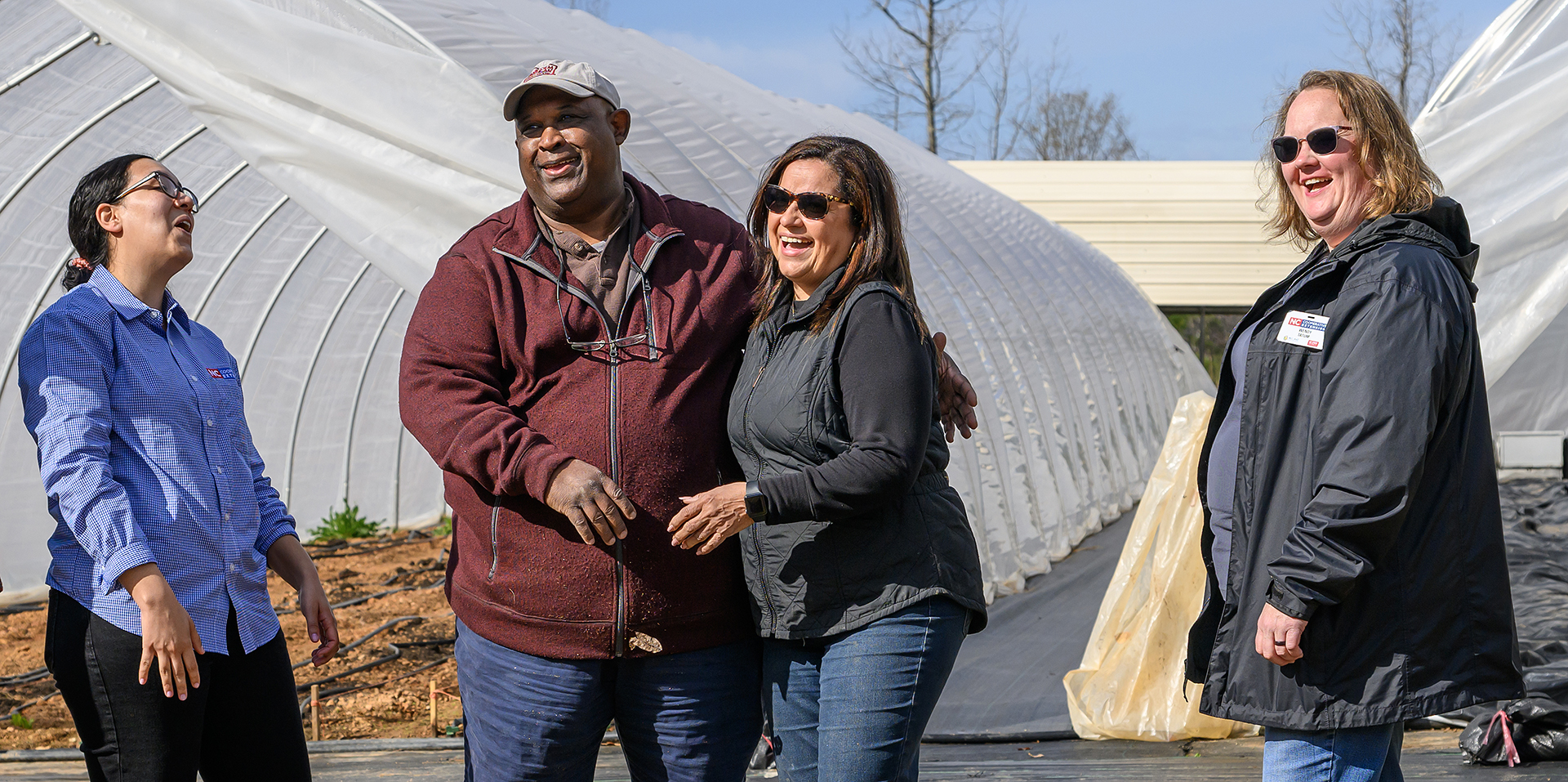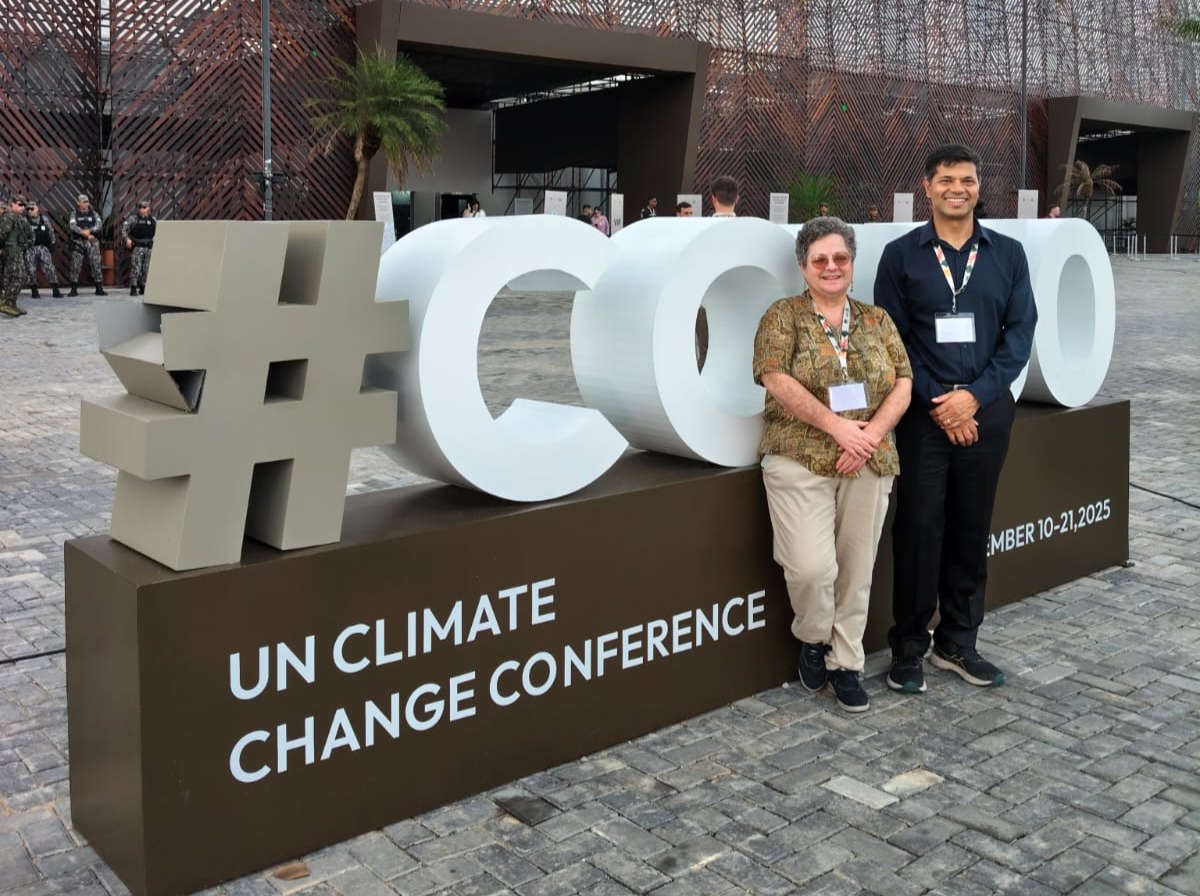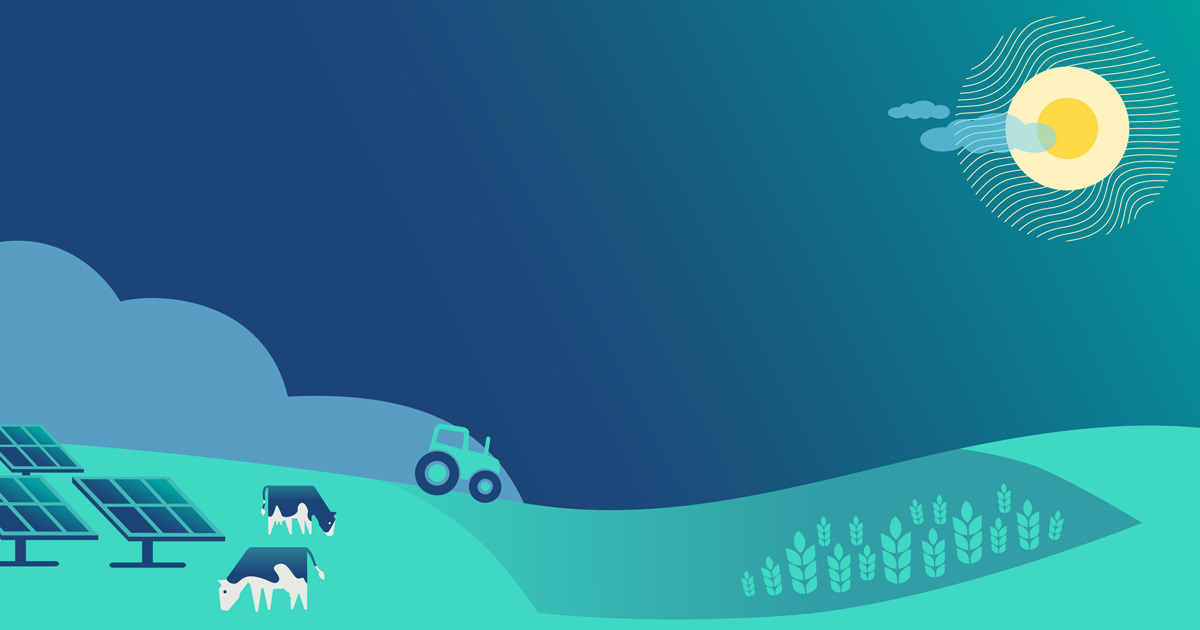Pathways to sustainable agriculture in the Mediterranean – International Union for Conservation of Nature

Report on Sustainable Agricultural Transformation in the Mediterranean
Introduction: Aligning with Sustainable Development Goals
This report outlines a series of initiatives led by the International Union for Conservation of Nature Mediterranean (IUCN Med) and its partners aimed at transforming the agricultural sector across the Mediterranean. These efforts are designed to create resilient landscapes that support biodiversity, ensure healthy food production, and align governance with sustainability. The projects directly contribute to several Sustainable Development Goals (SDGs), with a significant emphasis on SDG 2 (Zero Hunger), SDG 15 (Life on Land), SDG 13 (Climate Action), SDG 4 (Quality Education), and SDG 17 (Partnerships for the Goals).
Core Initiatives and Contributions to SDGs
Enhancing Soil Health for SDG 2 (Zero Hunger) and SDG 15 (Life on Land)
A primary focus of the regional strategy is the protection and restoration of soil, a critical component for achieving food security and protecting terrestrial ecosystems. Five flagship initiatives—SOILGUARD, NBSoil, NATAE, ResAlliance, and Curiosoil—are central to this mission.
- SOILGUARD & NBSoil: These projects have assessed 19 agricultural and land management interventions across Europe and the Mediterranean.
- Application of the IUCN Global Standard for Nature-based Solutions to generate evidence on how healthy soils support biodiversity (SDG 15).
- Demonstration of soil’s role in buffering against climate shocks (SDG 13) and sustaining farm productivity (SDG 2).
- Development of science-based policy recommendations to advance sustainable land management.
Promoting Agroecology and Biodiversity Monitoring
In North Africa, the NATAE project is instrumental in advancing agroecological practices, directly supporting SDG 2 and SDG 15.
- Policy and Practice Integration: The project connects policy development, scientific monitoring, and on-the-ground agricultural practices.
- Land Health Monitoring: The IUCN Land Health Monitoring Framework has been introduced to universities and “Living Labs” to foster collaborative research.
- Partnerships for the Goals (SDG 17): The establishment of MEDAE, a regional network for agroecology, promotes multi-stakeholder collaboration.
- Biodiversity Baseline (SDG 15): Pilot sites are being monitored to track “functional species,” such as pollinators and soil organisms, providing essential data for future conservation action.
Building Capacity and Education for Sustainability (SDG 4)
A significant component of the strategy involves building knowledge and skills to ensure long-term change, directly contributing to SDG 4 (Quality Education).
- Curiosoil Project: This initiative targets the educational systems of 16 countries, aiming to integrate the importance of soil into schools and community programs to foster a culture of environmental stewardship.
- NBSoil Training: A comprehensive training pathway for soil advisors has been co-created, featuring online courses and field activities to prepare a new generation of practitioners.
- ResAlliance MOOC: A Massive Open Online Course (MOOC) was developed to analyze climate change challenges faced by farmers and foresters, disseminating critical knowledge for adaptation.
Fostering Climate Resilience and Knowledge Exchange (SDG 13 & SDG 17)
Building resilience to climate change is a cross-cutting theme, addressed through dedicated knowledge-sharing platforms.
- ResAlliance Network (LandNet): This network serves as a platform for Mediterranean farmers and foresters to exchange solutions for climate change resilience.
- Knowledge Sharing: The platform facilitates the dissemination of practical solutions, including water-saving techniques and fire-resistant crop systems, contributing to climate action (SDG 13) through partnership (SDG 17).
Integrating Urban and Rural Systems for SDG 11 and SDG 12
The initiatives also address the connection between urban consumption and rural production, aligning with SDG 11 (Sustainable Cities and Communities) and SDG 12 (Responsible Consumption and Production).
- Urban Food Systems Study: An IUCN Med study of 17 Mediterranean cities examined the integration of biodiversity conservation (SDG 15) into agri-food policies.
- Strengthening Links: The research identifies opportunities to connect urban food consumption patterns with sustainable production methods in rural landscapes.
Conclusion: A Regional Movement for Sustainable Development
The collective impact of these initiatives is steering Mediterranean agriculture towards a future where biodiversity thrives, farmers are empowered as land stewards, and policies support nature. In a region facing significant pressure from climate change and population growth, these efforts are fundamental. Healthy soil is positioned not merely as an agricultural concern but as a cornerstone for achieving regional food security (SDG 2), water security (SDG 6), and climate resilience (SDG 13).
Analysis of Sustainable Development Goals in the Article
1. Which SDGs are addressed or connected to the issues highlighted in the article?
-
SDG 2: Zero Hunger
The article directly addresses SDG 2 by focusing on transforming agriculture to ensure the production of “healthy food” and sustain “farm productivity.” The initiatives aim to protect and restore soil, which is described as the “foundation of agriculture,” essential for food production.
-
SDG 4: Quality Education
This goal is central to several initiatives mentioned. The NBSoil project co-created a “training pathway for soil advisors, with online courses to field-based activities.” The Curiosoil project specifically “speaks to students and teachers and targets the educational system of 16 countries” to embed the importance of soil in schools and community programs. ResAlliance also contributed to creating a MOOC for farmers and foresters.
-
SDG 11: Sustainable Cities and Communities
The article connects rural agricultural practices with urban centers. An IUCN Med study of “17 Mediterranean cities has examined how biodiversity conservation is integrated into agri-food policies,” aiming to “strengthen the link between city food consumption and sustainable production in rural landscapes.”
-
SDG 13: Climate Action
The initiatives aim to build resilience to climate change. The article mentions that healthy soils “buffer against climate shocks” and “lock away carbon.” The ResAlliance network focuses on sharing knowledge so farmers and foresters can “build resilience to climate change,” including “water-saving techniques to fire-resistant crop systems.”
-
SDG 15: Life on Land
This is a core theme of the article. The projects focus on protecting and restoring soil, which is a vital terrestrial ecosystem. The text emphasizes supporting “biodiversity conservation,” tracking “functional species that keep agroecosystems healthy, from pollinators to soil organisms,” and combating land degradation in a region where “fertile land is under constant pressure.”
-
SDG 17: Partnerships for the Goals
The entire article is a showcase of partnerships. It describes how “IUCN Med and its partners are charting a transformation pathway.” It highlights the convergence of five flagship initiatives (SOILGUARD, NBSoil, NATAE, ResAlliance, Curiosoil) and the creation of networks like MEDAE and LandNet to facilitate collaboration and knowledge exchange among “farmers, scientists, and communities.”
2. What specific targets under those SDGs can be identified based on the article’s content?
-
Target 2.4: By 2030, ensure sustainable food production systems and implement resilient agricultural practices that increase productivity and production, that help maintain ecosystems, that strengthen capacity for adaptation to climate change, extreme weather, drought, flooding and other disasters and that progressively improve land and soil quality.
The article’s focus on creating “resilient landscapes,” promoting agroecology, changing how soil is treated to regulate water and carbon, and developing “fire-resistant crop systems” directly contributes to this target.
-
Target 4.7: By 2030, ensure that all learners acquire the knowledge and skills needed to promote sustainable development.
The Curiosoil project, which “targets the educational system of 16 countries” to teach students about soil as a “living, vital ecosystem,” and the NBSoil project’s “training pathway for soil advisors” are direct actions towards achieving this target by building knowledge and skills for sustainability.
-
Target 11.a: Support positive economic, social and environmental links between urban, peri-urban and rural areas by strengthening national and regional development planning.
The study of 17 Mediterranean cities that “examined how biodiversity conservation is integrated into agri-food policies” and seeks to “strengthen the link between city food consumption and sustainable production in rural landscapes” is a clear example of work towards this target.
-
Target 13.1: Strengthen resilience and adaptive capacity to climate-related hazards and natural disasters in all countries.
The ResAlliance network, which helps farmers and foresters “build resilience to climate change” and exchange solutions like “water-saving techniques,” directly addresses the need to strengthen adaptive capacity to climate shocks like the “lengthening droughts” mentioned in the article.
-
Target 15.3: By 2030, combat desertification, restore degraded land and soil, including land affected by desertification, drought and floods, and strive to achieve a land degradation-neutral world.
The core mission of the initiatives to “protect and restore the foundation of agriculture” by improving soil health in a region where “fertile land is under constant pressure” is a direct contribution to this target.
-
Target 17.16: Enhance the Global Partnership for Sustainable Development, complemented by multi-stakeholder partnerships that mobilize and share knowledge, expertise, technology and financial resources.
The article describes a web of partnerships, including the five flagship initiatives, the MEDAE regional network, and the ResAlliance (LandNet) knowledge-sharing platform, which exemplify the multi-stakeholder collaboration needed to achieve this target.
3. Are there any indicators mentioned or implied in the article that can be used to measure progress towards the identified targets?
-
Land Health Monitoring Framework: The article explicitly mentions the introduction of a “Land Health Monitoring Framework” to universities. This framework serves as a direct tool and indicator system for assessing soil health and land degradation, relevant to Target 15.3.
-
Monitoring of “functional species”: The article states that “pilot sites are now being monitored to track the ‘functional species’ that keep agroecosystems healthy, from pollinators to soil organisms.” The presence and abundance of these species serve as a bio-indicator for ecosystem health and biodiversity, relevant to Target 2.4 and SDG 15.
-
Number of agricultural interventions assessed: The article mentions that IUCN Med has “assessed 19 agricultural and land management interventions across Europe and the Mediterranean.” This number is a quantitative indicator of the knowledge base being built on sustainable practices.
-
Number of practitioners trained: The creation of a “training pathway for soil advisors” and preparing a “new generation of practitioners” implies that the number of people trained is a key indicator of success in building capacity and knowledge, relevant to Target 4.7.
-
Number of countries with educational system engagement: The Curiosoil project “targets the educational system of 16 countries.” This number serves as an indicator of the reach and scale of educational outreach efforts for sustainable development, relevant to Target 4.7.
4. Table of SDGs, Targets, and Indicators
| SDGs | Targets | Indicators |
|---|---|---|
| SDG 2: Zero Hunger | 2.4: Ensure sustainable food production systems and implement resilient agricultural practices. | Monitoring of “functional species” (pollinators, soil organisms) in agroecosystems. |
| SDG 4: Quality Education | 4.7: Ensure all learners acquire knowledge and skills for sustainable development. | Number of practitioners trained as soil advisors; Number of countries (16) where soil education is embedded in the school system. |
| SDG 11: Sustainable Cities and Communities | 11.a: Support positive links between urban, peri-urban and rural areas. | Integration of biodiversity conservation into agri-food policies of cities (study of 17 cities). |
| SDG 13: Climate Action | 13.1: Strengthen resilience and adaptive capacity to climate-related hazards. | Adoption of water-saving techniques and fire-resistant crop systems shared through the ResAlliance network. |
| SDG 15: Life on Land | 15.3: Combat desertification and restore degraded land and soil. | Application of the “Land Health Monitoring Framework” to assess and track soil health. |
| SDG 17: Partnerships for the Goals | 17.16: Enhance the Global Partnership for Sustainable Development through multi-stakeholder partnerships. | Number of active networks (e.g., MEDAE, LandNet); Number of collaborative initiatives (e.g., SOILGUARD, NATAE). |
Source: iucn.org

What is Your Reaction?
 Like
0
Like
0
 Dislike
0
Dislike
0
 Love
0
Love
0
 Funny
0
Funny
0
 Angry
0
Angry
0
 Sad
0
Sad
0
 Wow
0
Wow
0














































.jpg.webp?itok=0ZsAnae9#)







:focal(1500,1000)/https://media.globalcitizen.org/a6/9a/a69a4720-d8a1-4715-b596-18738d03c05c/rotary_polio_hero_image.jpg?#)

/countries/sri-lanka/photo-credit---dmc-sri-lanka.tmb-1200v.jpg?sfvrsn=dc298bcc_1#)




















